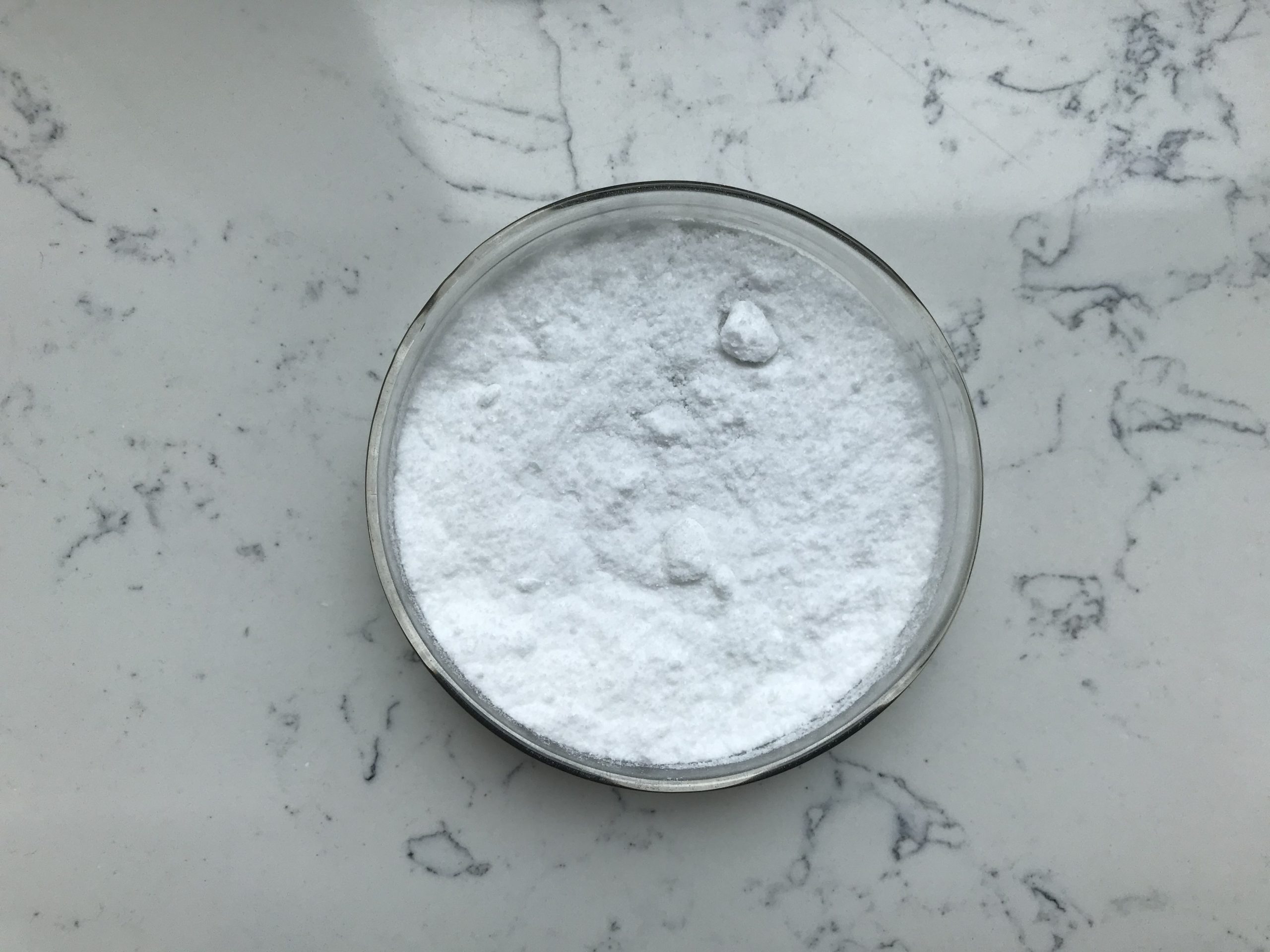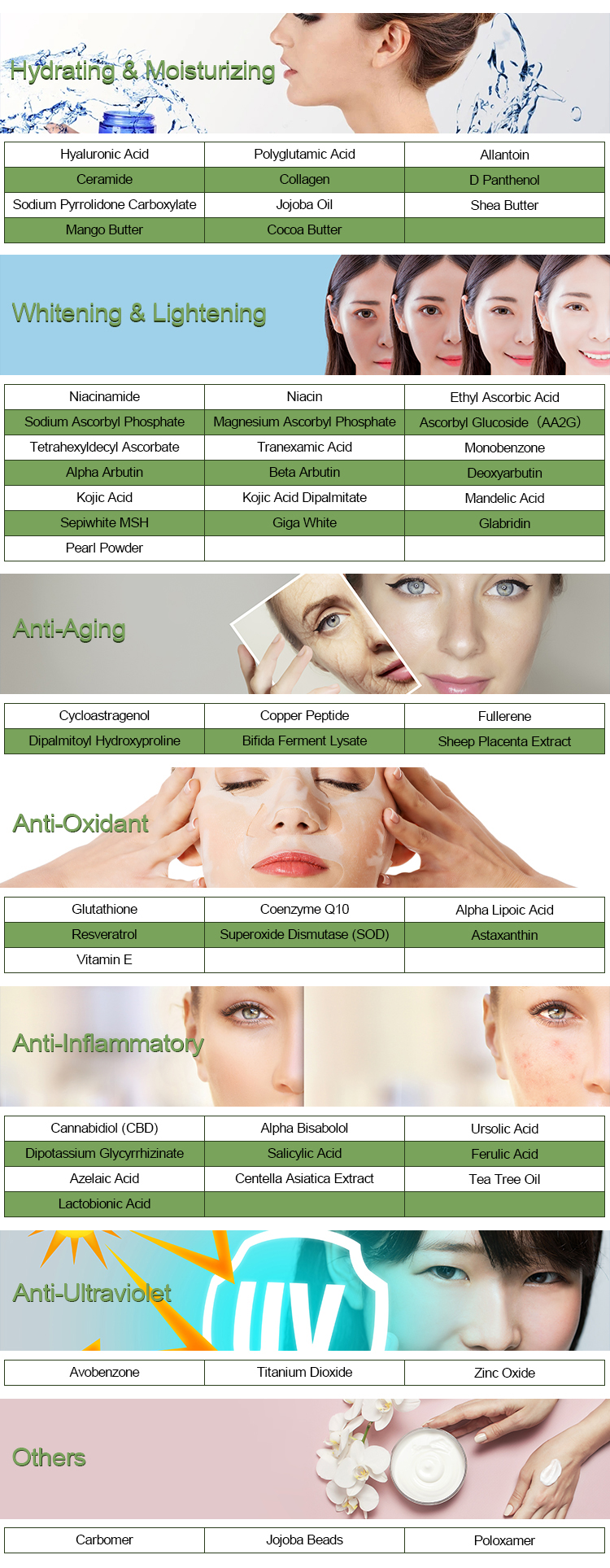Azelaic acid and salicylic acid are two different skincare ingredients that serve distinct purposes and have unique properties. Here are the key differences between the two:
1.Chemical Structure:
- Azelaic Acid: Azelaic acid is a naturally occurring dicarboxylic acid found in whole grains like barley, wheat, and rye. It is a saturated, 9-carbon organic compound.
- Salicylic Acid: Salicylic acid, on the other hand, is a beta hydroxy acid (BHA) derived from salicin, which is found in the bark of willow trees. It is a monohydroxybenzoic acid and has a chemical structure that includes a benzene ring.

2.Skin Concerns:
- Azelaic Acid: Azelaic acid is commonly used to treat skin conditions such as acne and rosacea. It has anti-inflammatory and antimicrobial properties, making it effective at reducing redness, swelling, and the number of acne lesions. It also helps with post-inflammatory hyperpigmentation.
- Salicylic Acid: Salicylic acid is primarily used for treating acne and related issues. It penetrates the pores and exfoliates the inside of the follicles, helping to unclog them and reduce the formation of comedones (whiteheads and blackheads). Salicylic acid can also improve the appearance of enlarged pores and can be used for mild exfoliation.
3.Exfoliation:
- Azelaic Acid: While azelaic acid does provide some exfoliation, it is not as strong of an exfoliant as salicylic acid. Its primary role is not to remove dead skin cells but to reduce inflammation and redness associated with acne and rosacea.
- Salicylic Acid: Salicylic acid is a more potent exfoliant. It can penetrate the oil inside the pores and exfoliate the follicular lining, making it effective for treating acne and improving the texture of the skin.

4.Skin Types:
- Azelaic Acid: Azelaic acid is suitable for various skin types, including sensitive skin, as it has anti-inflammatory properties. It is often recommended for individuals with rosacea or acne-prone skin.
- Salicylic Acid: Salicylic acid is better suited for oily and acne-prone skin. It may be too harsh for those with very sensitive or dry skin.
5.Side Effects:
- Azelaic Acid: Common side effects of azelaic acid include mild stinging, burning, and redness, especially when first starting to use it. These side effects usually subside over time.
- Salicylic Acid: Salicylic acid can cause dryness, peeling, and irritation, especially at higher concentrations. Individuals with sensitivity may experience more pronounced side effects.
It’s important to note that both azelaic acid and salicylic acid can be beneficial for skincare, but the choice between them should be based on your specific skin concerns and type. It’s a good idea to consult with a dermatologist or skincare professional to determine which one is best for your needs and to ensure you use them correctly in your skincare routine.
